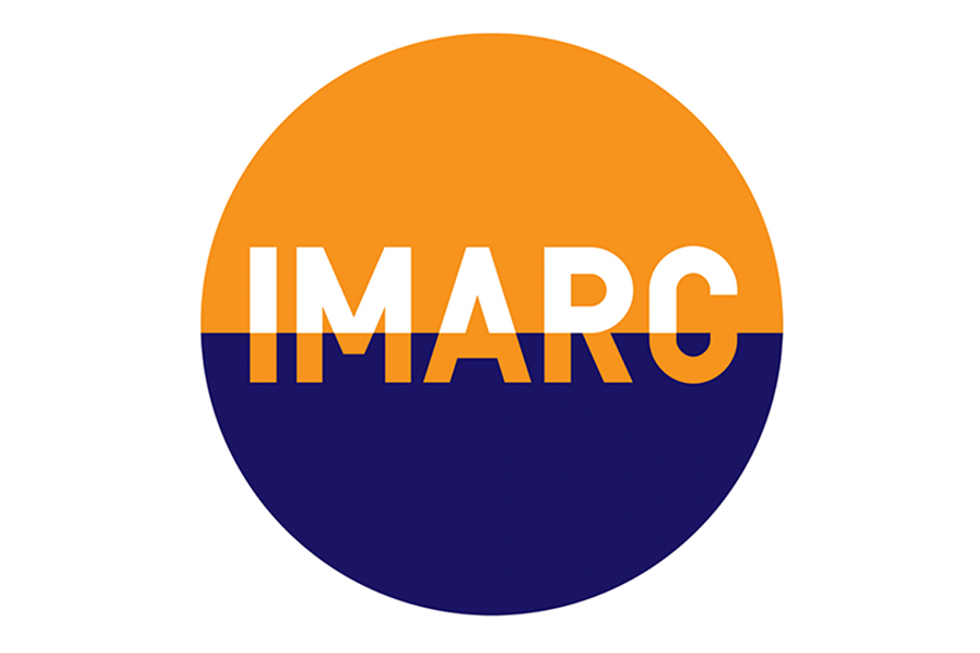Vanadium redux: WA project leads VFB charge

Right place, right time, right geology: Graham Arvidson believes Australia has a unique opportunity to build a world-class vanadium battery storage and circular value chain on the back of a 50-year resource in arguably the world’s best mining jurisdiction.
Arvidson, who had a front-row view of the explosive growth in Western Australia’s lithium industry over the past decade, heads Australian Vanadium, touted by some as the company most likely to become the world’s next large-scale primary vanadium producer.
The lithium space is flat now amid low prices but it spawned a A$15 billion lithium major (Pilbara Minerals; currently worth about $8.7 billion) and broader WA battery-grade material supply base in the past decade. State lithium exports climbed from sub-$6 billion in 2015-2016 to more than $18b last year.
“I’ve worked in most of the lithium mines here in WA and if you roll back time to 2016 most people couldn’t spell lithium,” says Arvidson, an IMARC 2024 Mining Spotlight speaker and lead on a feature panel discussion: What does a future made in Australia mean for mining?
“We would have sat across a table like we are right now having a conversation about price growth projections and you’d have had one party saying 10% growth and maybe someone talking about 200% growth. And the truth is, it’s been more extreme than that.”
The comparison highlights the difficulties nailing supply and demand, and pricing, predictions in such turbulent times for global energy, transport and manufacturing. It also points to an increasing market appetite for funding and advancing world-class projects with the right cost and risk settings where the long-term price signals are favourable, as with lithium.
Australian Vanadium’s managing director sees tailwinds building behind the company’s cornerstone WA project as vanadium’s long-term demand and price links to steel are transcended by the metal’s use in long-duration energy storage linked to renewable power and a multitude of industrial and societal use cases.
“Australian Vanadium aspires to manufacture vanadium flow batteries and is one of the few companies developing a grid-scale battery supply chain in Australia,” Perth investment firm Shaw and Partners said this month.
“The Australian Energy Market Operator [AEMO] forecasts that the National Electricity Market will quickly follow the US and need 19GW of storage capacity by 2030, rising to 43GW in 2040 and 56GW in 2050.
“Current storage capacity is just 6GW.”
Shaw says battery energy system storage is the fastest growing battery demand market in the US as that market matures and duration increases.
“The operating capacity of battery storage in the US grew by 7.9GW in 2023, bringing the country’s total cumulative installed base to 17GW. In more precise terms, there was 7881MW of new storage installations and 20,609MWh of new storage capacity deployed over the past 12 months.
“In 2024, battery storage capacity will grow 89%, or a…
Read More: Vanadium redux: WA project leads VFB charge
